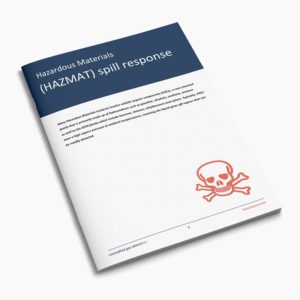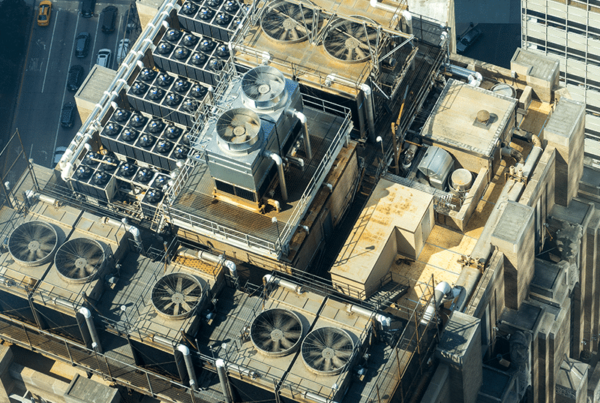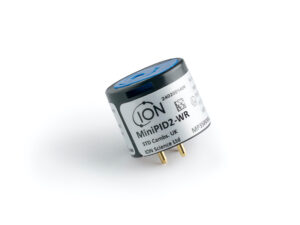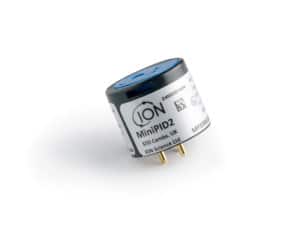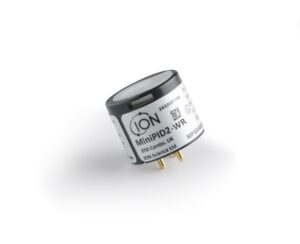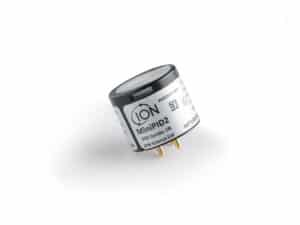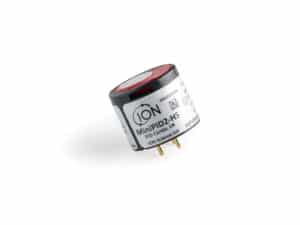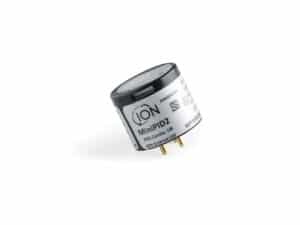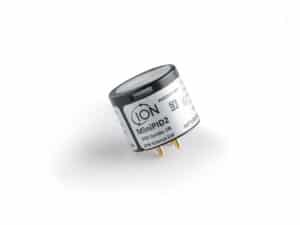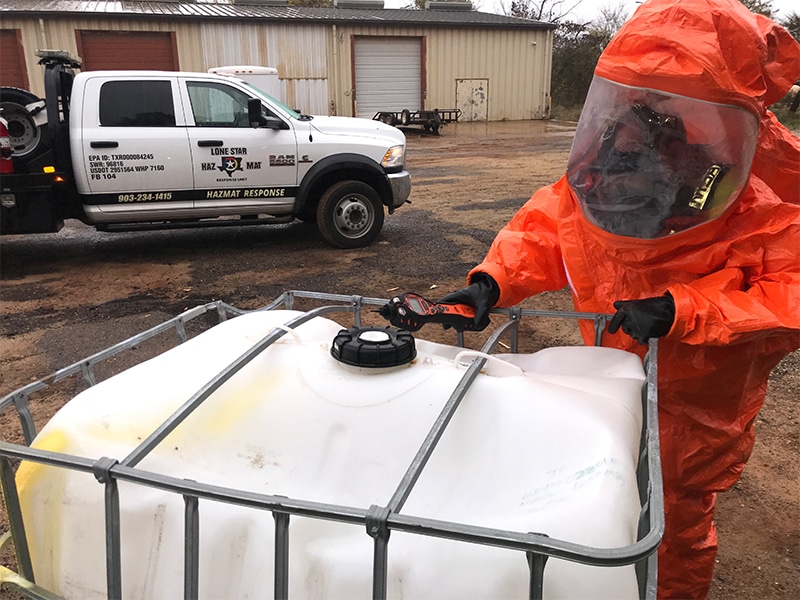
Using PID for HAZMAT response procedures
HAZMAT response procedures – The versatile nature of a PID instrument makes it an indispensable device for the emergency services in response to a HAZMAT incident.
The photoionisation detector (PID) measures low levels of volatile organic compounds (VOCs) making them a vital tool in the decision-making process following a hazardous materials (HAZMAT) incident. In the immediate aftermath of an accident, chemical spill, or other incidents involving hazardous materials there are many unknown factors.
The almost instantaneous response of a PID instrument ensures that if conditions change with regard to disbursement of toxic gas or vapour the perimeter can be adjusted accordingly.
PIDs For HAZMAT
The versatile nature of a PID instrument makes it an indispensable device for the emergency services in response to a HAZMAT incident.
- Preliminary Personal Protective Equipment (PPE) Assessment– Use of a PID instrument can greatly assist and speed up the decision process in determining the presence of toxic gas or vapours.
- Leak Detection– When gas or vapour escapes it disperses and becomes diluted by the air around and can be difficult to detect. This is where the PID instrument excels.
- Perimeter Establishment and Monitoring– The almost instantaneous response of a PID instrument ensures that if conditions change with regard to disbursement of toxic gas or vapour the perimeter can be adjusted accordingly.
- Data logging– A PID instrument has the capacity to record information with either positive or negative results at set intervals or continuously.
- Contamination of Spill– PID instruments also ensure that First Responders can identify and importantly eliminate any liquids present.
- Clean-up and Decontamination– After the initial aim of containing the spill, a PID device can then be used to establish the level of contamination of a First Responder themselves.
- Remediation– Concentration levels for remedial action are set by individual countries and PID instruments offer a quick and effective way of determining whether an area is now free from contamination or requires further attention.
Hazardous Material spills including biological, chemical and radiological materials pose a serious risk if not promptly and properly responded to by the individuals who initially identify the spill and the appropriate emergency response team.
When a Hazardous Materials (HAZMAT) response team arrives at the scene of any incident or accident involving hazardous materials there are many unknown factors that initially need to be identified, so it is critical that First Responders tackle each incident in an accurate and systematic way.
The general Hazardous Material spill HAZMAT response procedures include:
https://emergency.weill.cornell.edu/spills
- RESCUE – Evacuate the spill area. Provide assistance including the use of safety showers and eyewashes. Seek emergency medical assistance once properly decontaminated.
- CONFINE – Confine the spill area by closing the nearest doors to the spill area. Isolate contaminated persons and do not allow them to leave or spread the contamination. Cover drains to prevent spills from entering the environment.
- REPORT – Immediately report the spill to the appropriate emergency response office. Provide information on injured staff, type of hazardous material spilled, estimated quantity, and location.
- SECURE – Secure the area until emergency response personnel arrive to ensure no one enters the spill area.
- CLEANUP – Cleanup must only be conducted by qualified personnel with the appropriate training, protective equipment and cleanup materials.
Conclusion
In conclusion, one of the great benefits of PID instruments in a HAZMAT response situation is that whilst they are not always selective in terms of gas, they are small continuous monitors that provide an immediate response for anyone that uses them. PID instruments are ideal when the threat of a compound’s toxicity is greater than that of its risk of explosion and the accuracy and rate of response are of paramount importance. This makes them an invaluable tool in the First Responder’s resources from beginning to end.
Download our Guide: HAZMAT spill response
